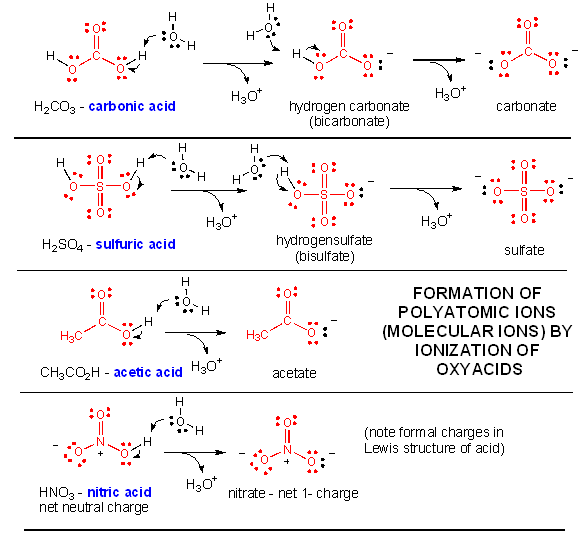

So let's draw those five carbons and let's double check and make sure we have the correct number of hydrogens. And you should have already seen the video on bond line structuresīefore you watch this one. So for our first isomer we could just draw five carbons in a chain. We can also call themĬonstitutional isomers. Our isomers are gonna differ in how those atoms areĬonnected to each other. Isomers are gonna have five carbons and 12 hydrogens.

For example, for the dimethyl-norbornene molecule below, ChemDraw's NMR prediction considers the two methyl groups (indicated by the 20-hydrogen and the 21-hydrogen) to be chemically equivalent, but in fact, one methyl group experiences a different NMR shift due to the proximity of the norbornene's double bond. A detailed article demonstrates multiple methods for NMR and IR predictions. If you are interested in NMR predictions, ChemDraw and Chem3D handle more sophisticated analysis as well. Accuracy of prediction is indicated as good/medium/rough.Numeric protocol produced in ready-to-print format.Spectrum is linked to molecule by hovering over one atom or one peak.Molecule is redrawn with shifts indicated on each proton or carbon.Proton NMR shows split patterns as well as predicted shifts.Proton NMR prediction and 13-C NMR prediction.View this Feature Clip to learn how ChemDraw can do the following: ChemDraw and Chem3D predict 1-H NMR and 13-C NMR spectra using several different methods and parameters.ĬhemDraw can predict NMR spectra.


 0 kommentar(er)
0 kommentar(er)
